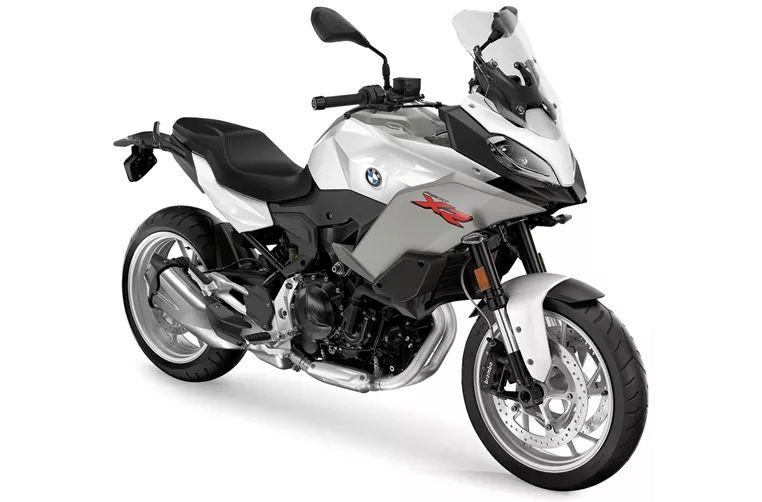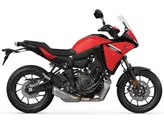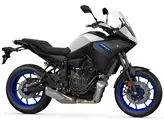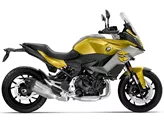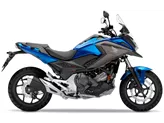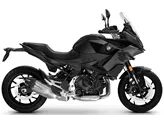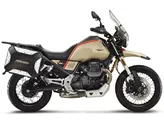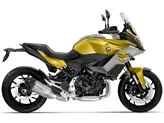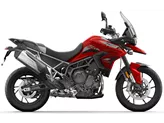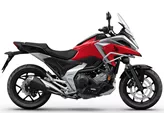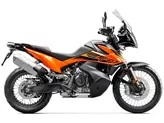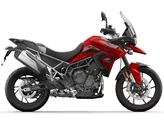BMW F 900 XR 2020 vs. Yamaha Tracer 700 2017
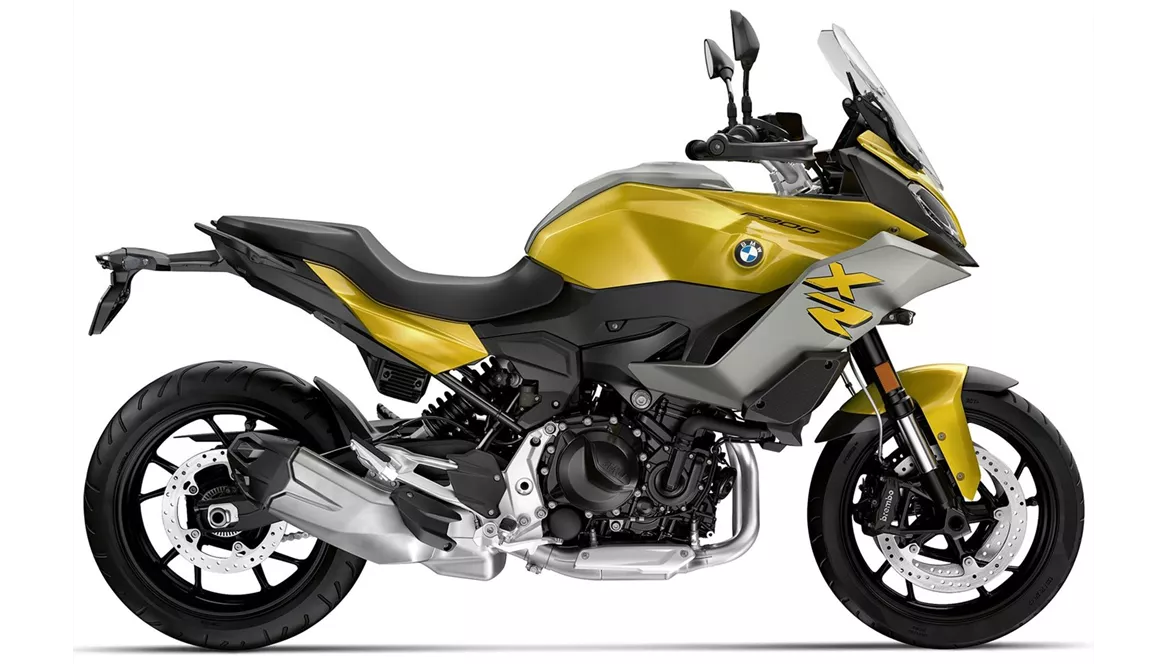
BMW F 900 XR 2020

Yamaha Tracer 700 2017
Overview - BMW F 900 XR 2020 vs Yamaha Tracer 700 2017
The BMW F 900 XR 2020 and the Yamaha Tracer 700 2017 are both sport touring motorcycles that offer a combination of sporty performance and comfortable long-distance riding. While they have some similarities in terms of engine type, transmission, and suspension, there are also notable differences in their technical specifications and overall features.
In terms of engine power, the BMW F 900 XR 2020 has a clear advantage with 105 HP compared to the Yamaha Tracer 700 2017's 75 HP. This means that the BMW offers a more powerful and dynamic riding experience, allowing for quicker acceleration and higher top speeds. The BMW also has a higher torque rating of 92 Nm compared to the Yamaha's 68 Nm, which further enhances its performance capabilities.
Both motorcycles feature a chain transmission and have 2-cylinder, 4-stroke engines. The BMW has a slightly larger displacement of 895 ccm compared to the Yamaha's 689 ccm, which may contribute to its higher power output. However, the Yamaha Tracer 700 2017 still offers a respectable level of performance and should be more than capable for most riders.
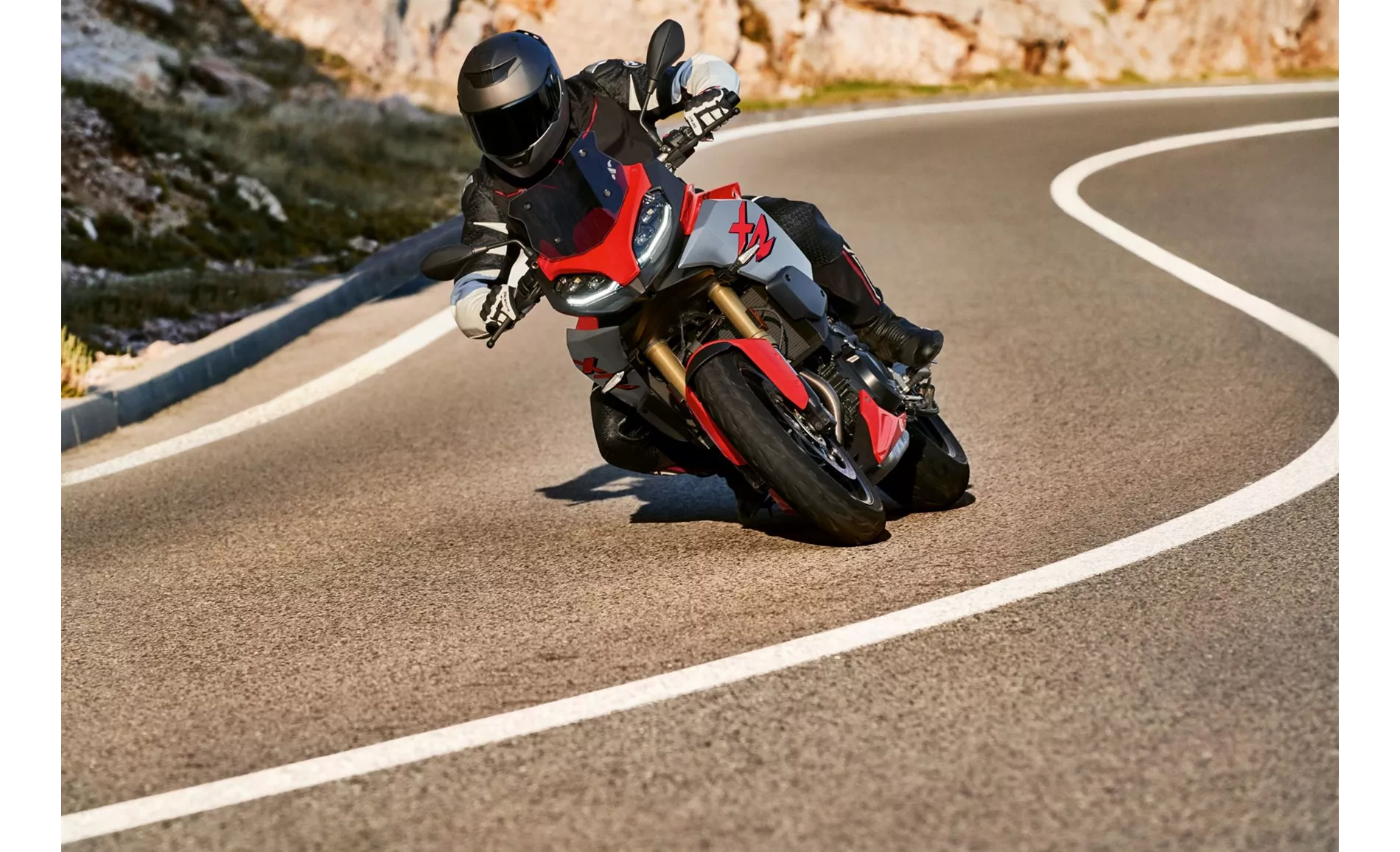
BMW F 900 XR 2020
In terms of suspension, the BMW F 900 XR 2020 has an upside-down telescopic fork front suspension with a travel of 170 mm, while the Yamaha Tracer 700 2017 has a telescopic fork front suspension with a travel of 130 mm. This means that the BMW offers a greater degree of suspension travel, which can help provide a smoother and more comfortable ride, especially on uneven or rough roads. Both motorcycles have swing arm rear suspensions with monoshock absorbers.
In terms of braking, both motorcycles feature double disk front brakes. However, the BMW F 900 XR 2020 has larger diameter front disks at 320 mm compared to the Yamaha Tracer 700 2017's 282 mm. This means that the BMW offers a potentially stronger and more effective braking performance, which can be important for safety and control.
In terms of advanced rider assistance systems, the BMW F 900 XR 2020 offers a more comprehensive range of features compared to the Yamaha Tracer 700 2017. The BMW includes ABS, anti-slipping control, and riding modes, while the Yamaha only has ABS as standard. These systems can enhance safety and control, especially in challenging riding conditions.

Yamaha Tracer 700 2017
In terms of dimensions and weights, the Yamaha Tracer 700 2017 has a slightly larger fuel tank capacity of 17 liters compared to the BMW F 900 XR 2020's 15.5 liters. This means that the Yamaha may have a slightly longer range between refueling stops. The Yamaha also has a higher seat height of 835 mm compared to the BMW's 815 mm, which may be more suitable for taller riders.
In terms of weaknesses, the BMW F 900 XR 2020 is noted for its behavioral sound, which may be a subjective concern for some riders. On the other hand, the Yamaha Tracer 700 2017 is criticized for its relatively small windshield and slightly soft chassis tuning, which may affect its stability and handling in certain situations.
Overall, both the BMW F 900 XR 2020 and the Yamaha Tracer 700 2017 offer a combination of sporty performance, comfort, and practicality. The BMW has a more powerful engine, a wider range of advanced rider assistance systems, and a slightly more refined overall package. However, the Yamaha offers a more affordable option with a comfortable riding position and a modern design. Ultimately, the choice between these two motorcycles will depend on individual preferences and priorities.
Technical Specifications BMW F 900 XR 2020 compared to Yamaha Tracer 700 2017
Pros and Cons in comparison
Pros and Cons in comparison
BMW F 900 XR 2020
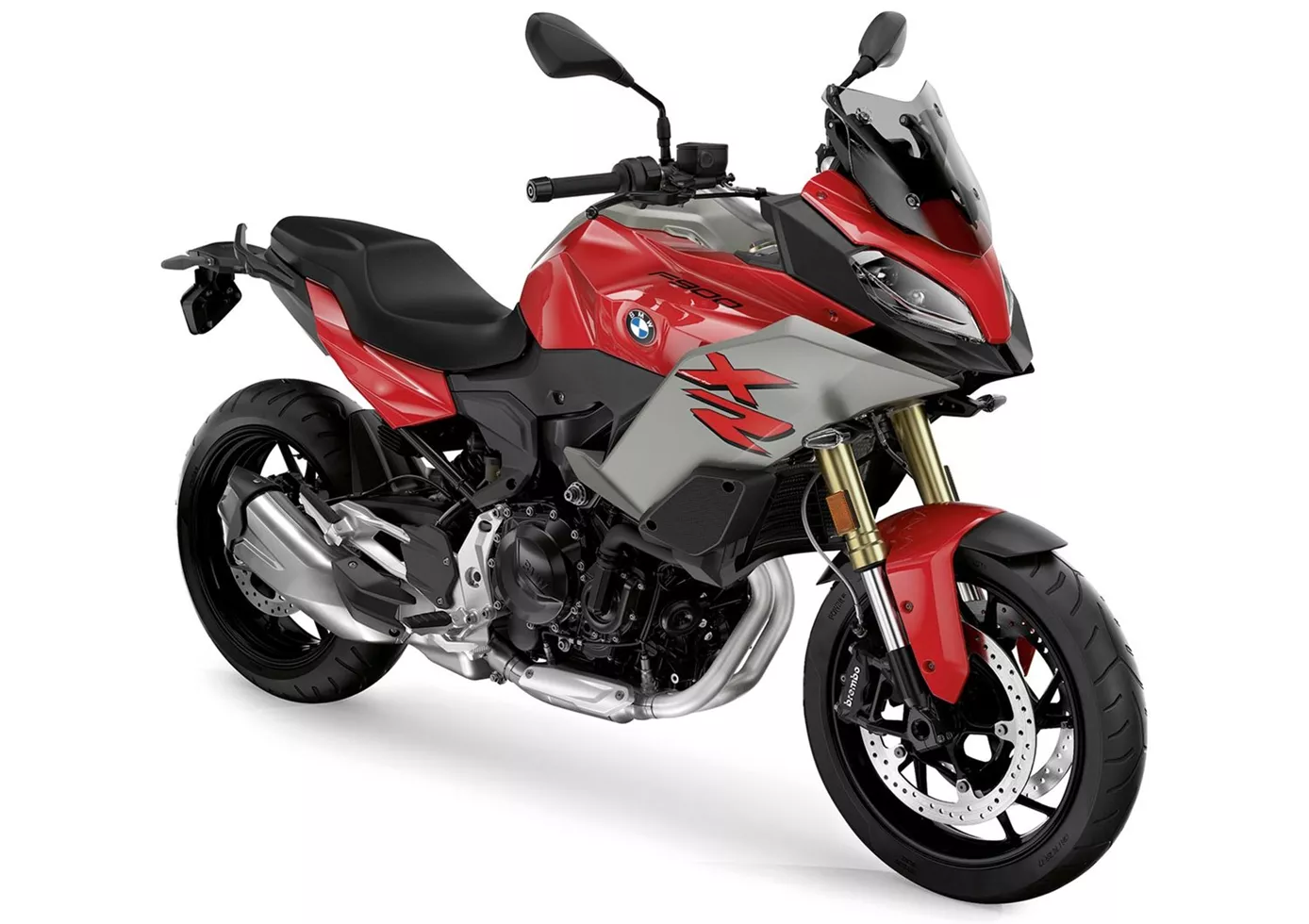
The new BMW F 900 XR proves that it now needs no more than the middle class. With 105 hp, you are never underpowered in any situation and the two-cylinder offers enough elasticity to be both relaxed and very sporty on the road. Its solid quality and proven high-volume technology of the F 850 series make it a perfect companion if you want to be sporty on the road with a high level of comfort. As a basis, the equipment is sufficient, but the BMW accessories programme gives enough options to put together your dream motorbike (recommendation: Gearshift Assistant Pro!).
Yamaha Tracer 700 2017

The fact that the Yamaha MT-07 is the main parts donor for the Tracer 700 becomes apparent at the latest when you first open the throttle: the powerful parallel twin-cylinder engine exudes agility and a tremendous amount of riding fun. This makes it easy to live with on a touring enduro, which is a good match for longer distances. The chassis could be a little more precise and the windshield could be a little higher, but overall the Tracer 700 is the ultimate fun bike in its class - a lot of fun for comparatively little money.
Price Comparison Avarage Market Price BMW F 900 XR vs Yamaha Tracer 700
There are a few key differences between a BMW F 900 XR 2020 and a Yamaha Tracer 700 2017. In terms of price, the actual average price of a BMW F 900 XR 2020 is about 67% higher. A BMW F 900 XR 2020 experiences a loss of 740 USD in one year and 830 USD in two years of ownership. This is offset by a loss of 690 USD and 520 USD for a Yamaha Tracer 700 2017. Compared to Yamaha Tracer 700 2017 there are more BMW F 900 XR 2020 bikes available on the 1000PS.de Marketplace, specifically 13 compared to 5. It takes less time to sell a BMW F 900 XR with 75 days compared to 129 days for a Yamaha Tracer 700. Since model year 2020 1000PS.de editors have written 23 reviews for the BMW F 900 XR and 16 reviews for the Yamaha Tracer 700 since model year 2016. The first review for the BMW F 900 XR was published on 11/5/2019 and now has more than 136,400 views. This compares to more than 26,400 views for the first review on Yamaha Tracer 700 published on 4/20/2016.
